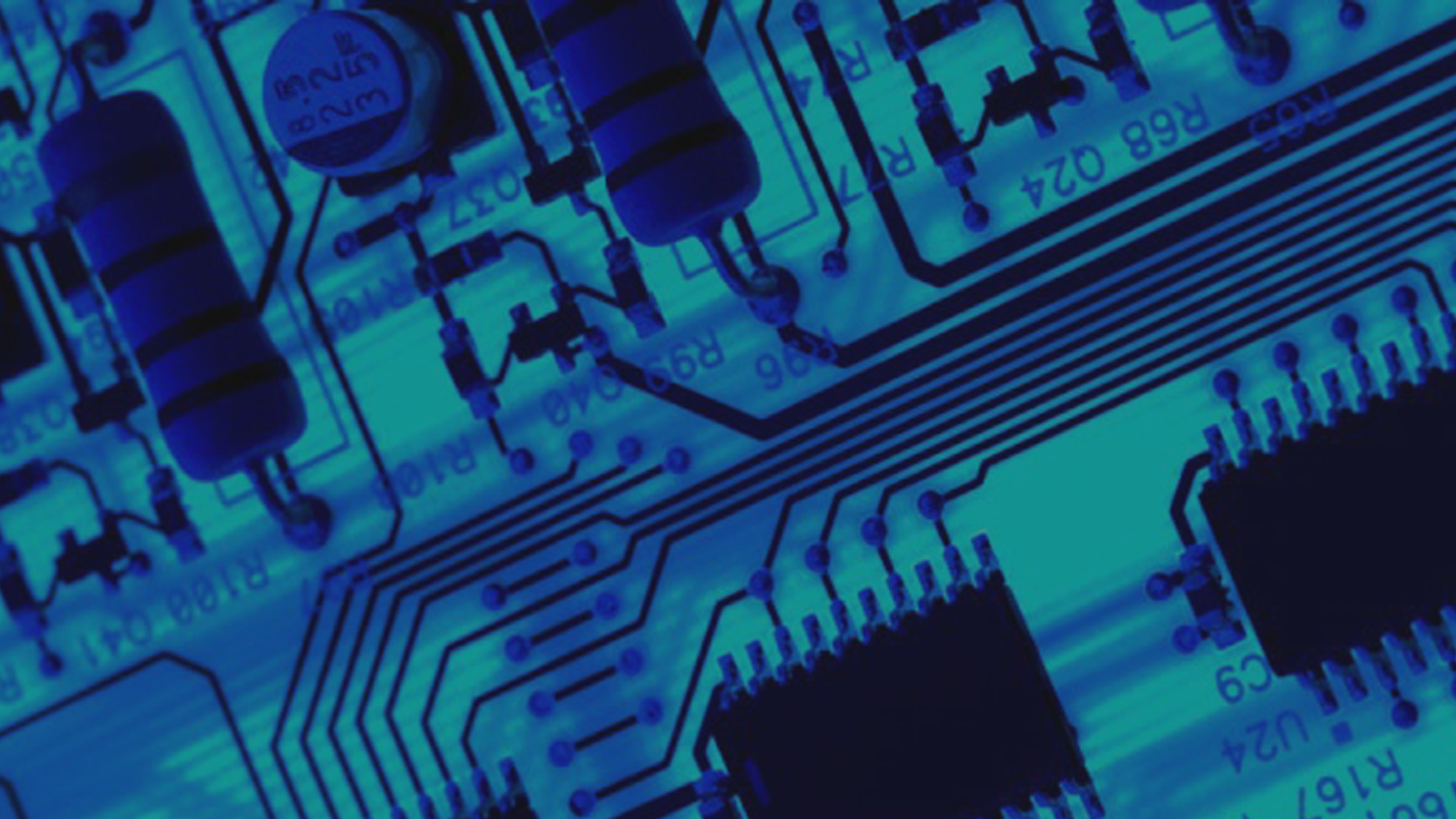https://www.forbes.com/
iOS 18—Apple Issues New Blow To Google With Bold AI Privacy Decision
Kate O'Flaherty
Senior Contributor
Cybersecurity and privacy journalist
Follow
Apr 15, 2024,11:05am EDT
Apple has just dealt a new blow to arch rival Google after making an AI decision that will appeal to all iPhone users. According to Bloomberg’s Mark Gurman, Apple’s iOS 18 AI capabilities will function entirely on the device—your iPhone—so there is no need for cloud processing.
The iOS 18 AI move is a huge win if you care about iPhone privacy, but it isn’t surprising, given that Apple is known for its strong focus in the area. It also sends a strong message to Apple’s biggest rival Google’s Android that the iPhone maker will do everything it can to win in the AI battlefield as competition ramps up.
If AI is the next privacy battlefield, Apple’s latest decision is pitting itself to win against its ... [+]
GETTY IMAGES
Apple’s iOS 18 is due to launch at its Worldwide Developers Conference in June, along with powerful new iPhone AI features including enhanced Siri and auto summarising. The iPhone maker is also set to reveal its AI strategy in more detail.
“As the world awaits Apple’s big AI unveiling on June 10, it looks like the initial wave of features will work entirely on-device,” Gurman wrote. “That means there’s no cloud processing component to the company’s large language model (LLM), the software that powers the new capabilities.”
This is model that will power the auto summarising features key to Apple’s AI strategy and hopes of standing out when it unveils iOS 18.
Why On Device Is Better For iPhone Privacy
On-device processing is far superior to cloud, simply because data doesn’t leave the iPhone.“Processing AI commands on-device means users have more comfort in the knowledge that their input requests are less likely to be monitored and analysed by Apple and third parties,” says Jake
However, Apple’s AI capabilities in iOS 18 and beyond will require a huge amount of data processing power. The iPhone maker has been investing in more hardware able to host AI, and the iPhone 16 will apparently come with an enhanced neural engine. Moore says the next generation iPhones are “more powerful than ever” and “clearly able to handle these large requests.”
And when AI requests are generated in the cloud there is much more potential of data collection and misuse by those owning the large language models, Moore says. “Apple is clearly thinking that as all devices increase in power over time, AI on device is more likely to be the norm, especially for those who are privacy aware.”
Apple Vs Google—The AI Privacy Battlefield
The AI battlefield is ramping up and it’s clear Apple sees privacy as an area that can help it to win as iOS 18 is unveiled in June. And Apple’s iOS 18
AI move is a clear blow to Google and Android devices in general.
Yet running LLMs similar to ChatGPT without additional cloud support will be a challenge, says Android Authority, pointing out that “some of
Samsung’s and Google’s most sophisticated AI features still require the power of cloud servers.”
Samsung’s Galaxy AI includes some offline capabilities in a
“hybrid AI” approach, while Google’s Gemini Nano AI model is for on-device, according to
Android Authority.
The on-device only approach will certainly make Apple stand out, if the iPhone maker can pull this off in iOS 18. It helps that Apple owns the hardware and software and platform of course, but at least some of the features are likely to be limited to the iPhone 16.
The next 12 months are an important time for Apple, after the iPhone maker was trumped by Samsung to become the
biggest smartphone maker in the world. Apple's smartphone shipments dropped about 10% in the first quarter of 2024, as Samsung shot to 20.8% market share, research from analyst IDC shows.
It is against this uncertain backdrop that Apple’s iOS 18 AI features will need to help the iPhone maker stand out—and the firm must be confident its devices can stand the pressure of powering AI LLMs. However, Apple can always change its mind, or give users the choice to give away a little of their privacy for extra AI functionality in the future, beyond iOS 18.
Why On Device Is Better For iPhone Privacy
On-device processing is far superior to cloud, simply because data doesn’t leave the iPhone.“Processing AI commands on-device means users have more comfort in the knowledge that their input requests are less likely to be monitored and analysed by Apple and third parties,” says Jake Moore, global cybersecurity advisor at ESET.
If AI the next privacy battlefield, Apple’s latest iOS 18 decision is pitting itself to win against its biggest smartphone rival Google. Here’s what you need to know.

www.forbes.com




 www.zf.com
www.zf.com






